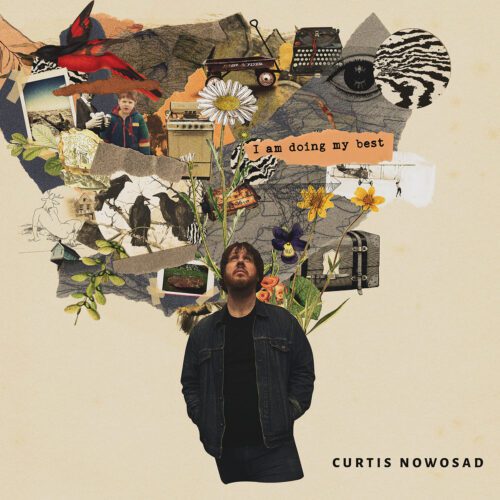Today is December 4, and the first snow of the year is falling on the city. Tonight, we find ourselves Downtown, in the Music Multimedia Room (MMR) of the Elizabeth Wirth Music Building. While the McGill Jazz Orchestra loosens its fingers in Tanna Schulich Hall, the McGill Contemporary Music Ensemble, under the baton of Mélanie Léonard, offered us a snow-themed concert.
The concert began with the premiere of Distant Paths by composer Kalen Smith. Composed as part of his thesis, this fifteen-minute piece mobilizes some fifteen musicians, including woodwinds, brass, strings, harp, piano, drums and percussion. The work explores different contrasts: linearity and non-linearity, tonality and atonality, movement and stoicism, cross-fades and abrupt breaks. The strings, often the ones carrying the shifting lines, were complemented by resolutely straight drums, instilling stable motion or… shifting stability.
Throughout the piece, the opposition between tonality and atonality takes center stage. Atonal lines multiply and culminate in tonal climaxes, driven in particular by brass instruments with fanfare-like colors. When the drums mingle with saxophone keys and bow strokes, the composer’s rich textural work is revealed. The work ends with a long blast of tam-tam and cymbal, which is left to resonate until the very last fragment of sound.
The second work of the evening transports us into the icy, poetic world of Schnee (Snow), by Danish composer Hans Abrahamsen. This hour-long work plunges the audience into a meditative state, depicting snow in its many facets: from icy air to chilling frost, from the delicacy of snowflakes to the mysterious enchantment of a winter landscape.
Two sources of inspiration guided Abrahamsen in the creation of this work: snow, of course, but also Bach’s canons, which he had orchestrated several years earlier. While the Bachian influence dissipates in Schnee’s contemporary sonorities, the work remains marked by the rigor of its structures and the hypnotic power reminiscent of Bach’s genius.
The composer takes us on a journey that transcends our perception of time. The first canons, each about ten minutes long, seem to stretch time, while the unfolding of the canons gradually accelerates, culminating in a tenth that lasts barely a minute. This temporal progression reflects the changing nature of snow: sometimes soothing, sometimes swirling and unpredictable. As the work progresses, we feel, through the music, the biting cold, the suffocating sound of snowy landscapes and the dance of the flakes, from the most delicate to the most unleashed.
The musicians brilliantly brought this concert to life. Their technical playing was more than up to scratch, and their interpretation did justice to the complexity of the score. The positioning of the musicians in Schnee was also very interesting. Indeed, the pianos placed face to face, on either side of the stage, created a stereophonic dialogue, offering the audience a remarkable breadth of sound.
Jazz lovers and fans of contemporary music finally found themselves outside in a light snowstorm. Perhaps the one indoors was more pleasant after all…
photo : Tam Lan Truong
























